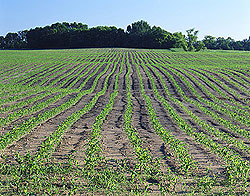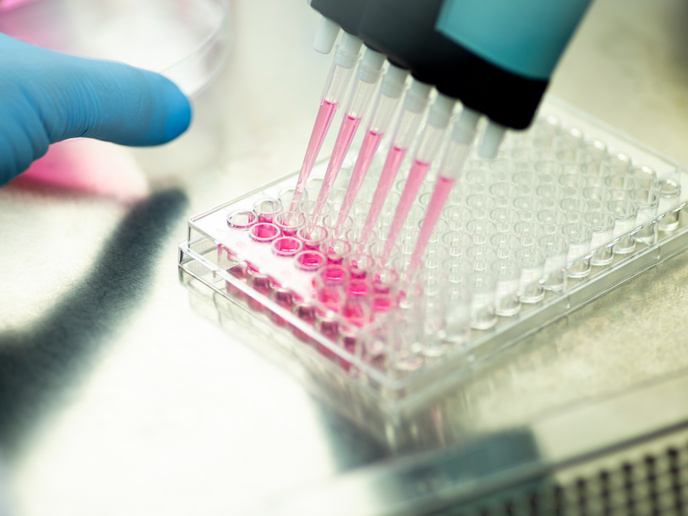Remediation of contaminated sites using fungi
Arbuscular Mycorrhizal (AM) fungi form symbiotic relationships with plant roots. The plants provide carbon to the AM fungi, which in return facilitate the plants' uptake of nutrients and fluids. Even more vital is the role AM fungi play in blocking the absorption of heavy metals and other soil contaminants. The GENOMYCA project aimed to advance the application of AM fungi toward phytoremediation. Scientists at the Academy of Sciences of the Czech Republic gathered AM fungi samples from two heavily polluted sites in their home country. Using special traps and culturing methods, two AM fungi species were cultivated in the laboratory: Glomus intraradices PH5 and Glomus intraradices BEG140. PH5 was gathered in the vicinity of a lead smelter and hence possessed an elevated tolerance to lead poisoning. BEG14, on the other hand, derived from a waste deposit and could withstand high manganese concentrations. A key discovery of the GENOMYCA research was that the inherent tolerance dissipated over time in the laboratory cultured specimens. This phenomenon was more prevalent in the BEG140 samples. Fortunately, the Czech scientists came up with a solution, which was to artificially stimulate the AM fungi. The suggested culture protocols call for the host soil to be taken from the original site or to synthesise contaminated soil by adulterating it with the relevant pollutants (e.g. manganese in the case of BEG140). The effectiveness of PH5 and BEG140 grown in the lab in protecting plants against lead and manganese respectively was also tested and validated during GENOMYCA. Potential users of these results are the companies that produce AM fungi inoculation products throughout Europe. Application of these naturally occurring fungi can help restore ecosystems whose health is currently threatened by large-scale pollution. Interested parties should visit the GENOMYCA website at: http://www.dijon.inra.fr/genomyca/(opens in new window).







